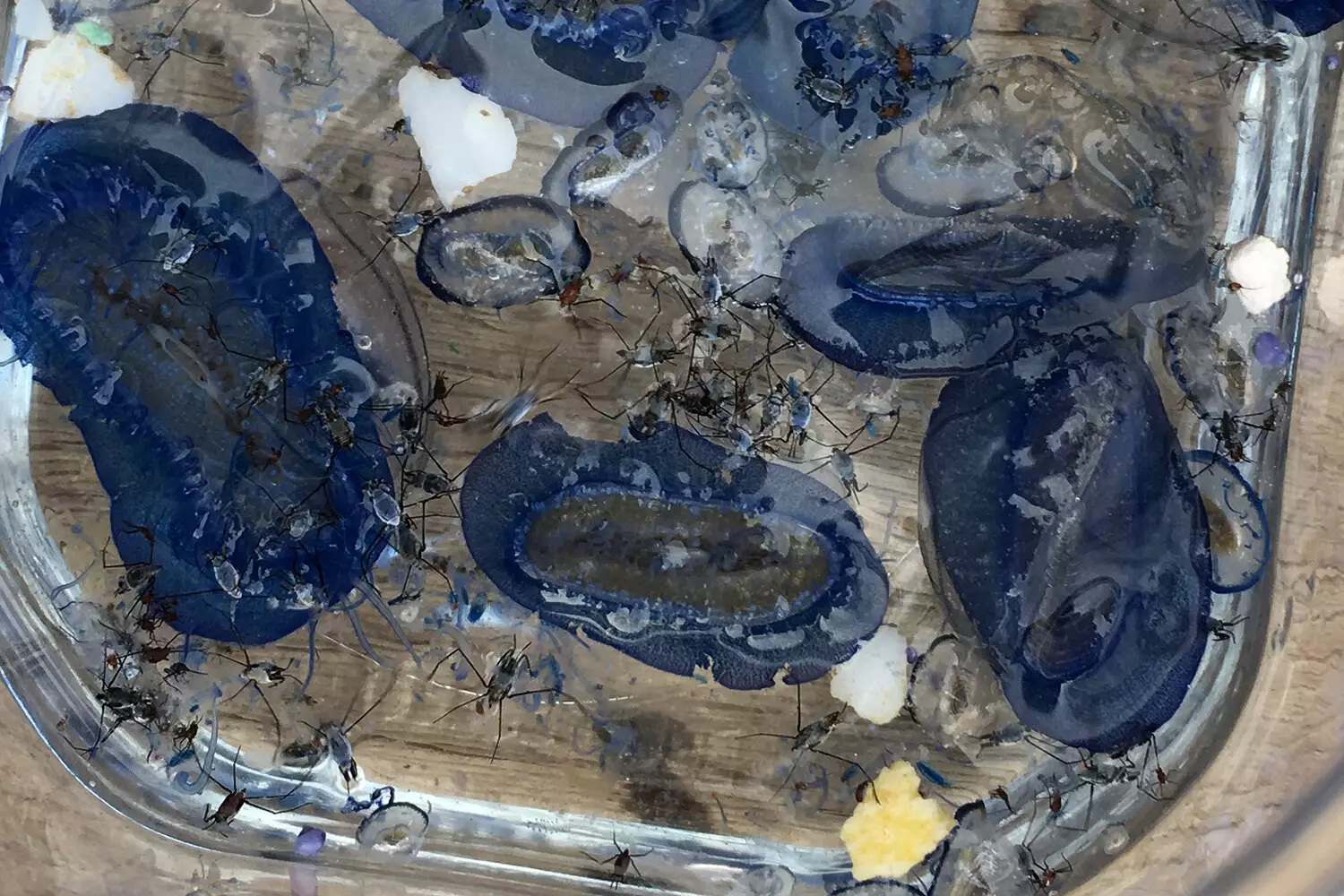Plastic pollution in the ocean is a serious and growing concern that threatens marine ecosystems worldwide. A recent study conducted by a research team from the Helmholtz Centre for Environmental Research (UFZ) and the Alfred Wegener Institute Helmholtz Centre for Polar and Marine Research (AWI) found large quantities of plastic waste and microplastics in a remote marine protected area in the Pacific Ocean. These quantities were comparable to those found in the Great Pacific Garbage Patch, highlighting the extensive distribution of plastics in the ocean.
During a five-week expedition on the German research vessel “Sonne” in 2019, researchers collected samples of surface water in the North Pacific Ocean, spanning from Vancouver to Singapore. Sampling stations were selected based on predictions from a model that estimated plastic concentrations in different marine areas. The team investigated both well-researched areas like the Great Pacific Garbage Patch and less explored zones in the open ocean, such as the Papahānaumokuākea Marine National Monument northwest of Hawaii.
Two methods were used to assess the amount of plastics in the surface water. The first method involved a litter survey where scientists counted visible plastic items during ship transits and documented their characteristics. The second method utilized neuston nets to collect samples at nine stations, allowing researchers to determine the amount of microplastics present. Chemical analysis of the particles revealed their weathering state and distribution patterns.
Plastic pollution in the ocean undergoes weathering processes due to exposure to sunlight, wind, waves, and seawater. Larger plastic items are typically found near the source of pollution, while smaller, weathered particles are transported over long distances. The highest quantities of plastics were detected in the Great Pacific Garbage Patch, but equally large amounts were found in a remote marine protected area northwest of Hawaii, indicating the widespread distribution of microplastics across oceans.
The study’s findings underscore the urgent need to address plastic pollution in the ocean on a global scale. With UN member states set to adopt a legally binding global Plastics Treaty, scientists advocate for significant reductions in plastic production, the promotion of reuse systems, and improvements in the chemical composition of plastic products. By taking decisive action to curb plastic pollution, we can protect marine ecosystems and ensure the health of our oceans for future generations.


Leave a Reply